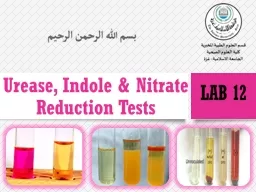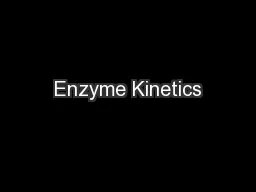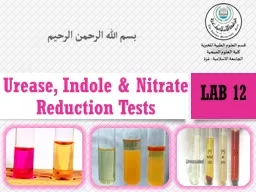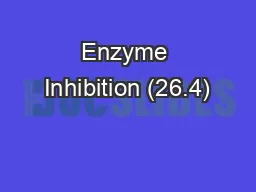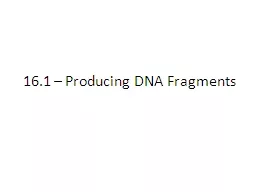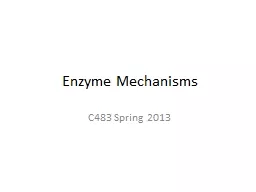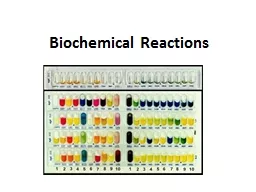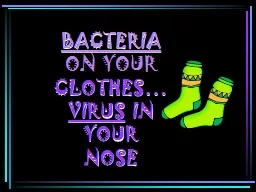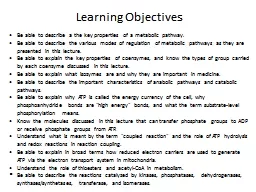PPT-Some bacteria are able to produce an enzyme called urease t
Author : liane-varnes | Published Date : 2016-11-05
Urease test is used screen lactose negative gramnegative Enterobacteriaceae on differential media plated with materials from stool specimen helping to differentiate
Presentation Embed Code
Download Presentation
Download Presentation The PPT/PDF document "Some bacteria are able to produce an enz..." is the property of its rightful owner. Permission is granted to download and print the materials on this website for personal, non-commercial use only, and to display it on your personal computer provided you do not modify the materials and that you retain all copyright notices contained in the materials. By downloading content from our website, you accept the terms of this agreement.
Some bacteria are able to produce an enzyme called urease t: Transcript
Download Rules Of Document
"Some bacteria are able to produce an enzyme called urease t"The content belongs to its owner. You may download and print it for personal use, without modification, and keep all copyright notices. By downloading, you agree to these terms.
Related Documents

